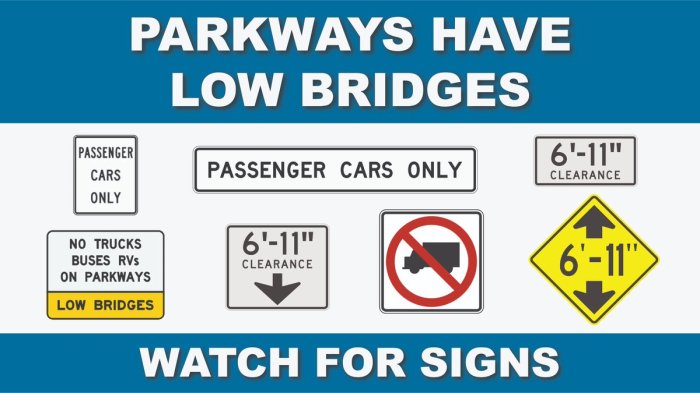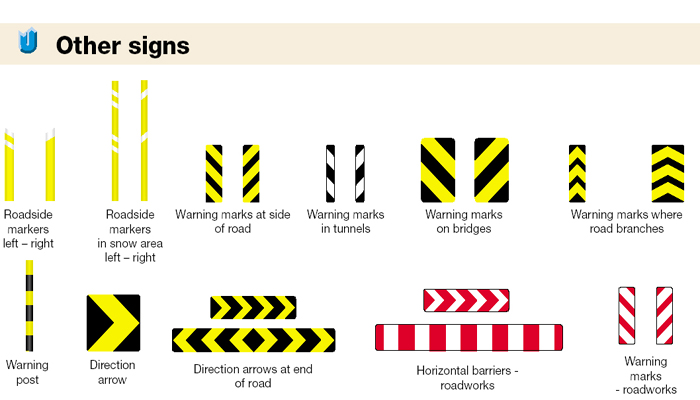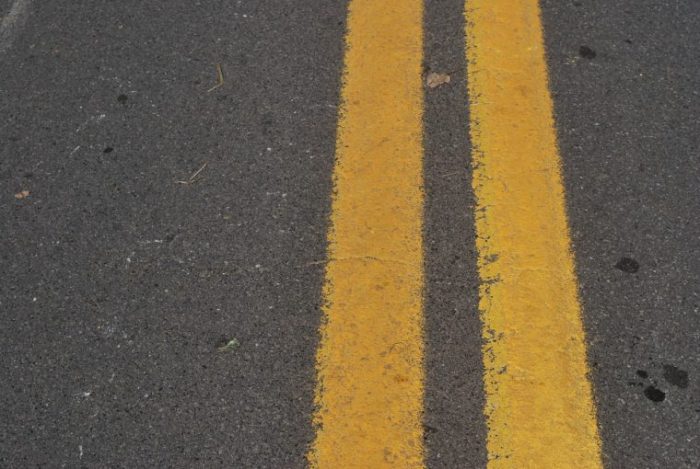Diagonal lines on the pavement warn drivers of potential hazards or important information. These lines can be found in various locations and serve specific purposes, conveying critical messages to enhance road safety and traffic flow.
From solid to dashed and dotted lines, each type of diagonal line carries a unique meaning, guiding drivers’ actions and ensuring their awareness of upcoming situations. Understanding the purpose and significance of these lines is essential for safe and responsible driving.
Diagonal Lines on the Pavement: Diagonal Lines On The Pavement Warn Drivers Of

Diagonal lines painted on pavement serve a specific purpose in traffic management, providing crucial visual cues to drivers to enhance safety and efficiency on the road.
Purpose of Diagonal Lines on Pavement
The primary function of diagonal lines on the pavement is to alert drivers of potential hazards or changes in road conditions. They are typically used in the following situations:
- Pedestrian Crossings:Diagonal lines mark crosswalks, indicating designated areas for pedestrians to cross the road safely.
- School Zones:Diagonal lines are often painted near schools to warn drivers of the presence of children and reduce vehicle speeds.
- Intersections:Diagonal lines can be used to delineate intersections, guiding drivers in making safe turns or stops.
- Parking Areas:Diagonal lines indicate parking spaces, helping drivers identify designated parking areas and avoid illegal parking.
Types of Diagonal Lines, Diagonal lines on the pavement warn drivers of
There are different types of diagonal lines used on pavement, each with its own significance:
- Solid Diagonal Lines:Solid lines indicate a complete prohibition of entering or crossing the area marked. They are commonly used at pedestrian crossings and school zones.
- Dashed Diagonal Lines:Dashed lines allow for limited entry or crossing. They are often used to indicate areas where parking is prohibited during certain times or in specific directions.
- Dotted Diagonal Lines:Dotted lines serve as a warning or advisory message. They may indicate an approaching hazard, such as a curve or intersection, and advise drivers to proceed with caution.
Warnings Conveyed by Diagonal Lines
Diagonal lines on the pavement convey various warnings or messages to drivers:
- Stop:Solid diagonal lines indicate a mandatory stop, typically at pedestrian crossings or intersections.
- Yield:Dashed diagonal lines indicate a yield, allowing vehicles to enter or cross an area after giving way to other traffic.
- Caution:Dotted diagonal lines warn drivers of potential hazards, such as curves, intersections, or changes in road conditions.
- Parking:Diagonal lines within parking spaces indicate designated parking areas, while diagonal lines outside parking spaces prohibit parking.
Examples of Diagonal Lines on Pavement
Diagonal lines are commonly found in the following locations:
- Pedestrian Crossings:Diagonal lines painted in yellow or white mark crosswalks at intersections.
- School Zones:Yellow diagonal lines are painted near schools to indicate reduced speed limits and increased caution.
- Intersections:Diagonal lines can be found at intersections to delineate turning lanes and guide drivers in making safe maneuvers.
- Parking Lots:Diagonal lines are used to mark parking spaces in parking lots, indicating designated areas for parking.
- Construction Zones:Diagonal lines can be used in construction zones to warn drivers of road closures or detours.
Methods for Creating Diagonal Lines on Pavement
Diagonal lines on the pavement are typically created using specialized equipment and materials:
- Thermoplastic:Thermoplastic is a heated material that is applied to the pavement in liquid form and cools to form durable lines.
- Paint:Traffic paint is a specialized type of paint that is designed to adhere to the pavement and withstand wear and tear.
- Stencils:Stencils are used to create precise diagonal lines by guiding the application of thermoplastic or paint.
- Line Marking Machines:Line marking machines are automated equipment that can apply diagonal lines with consistent spacing and width.
Safety and Accessibility Considerations
Diagonal lines on the pavement play a crucial role in enhancing safety for both drivers and pedestrians:
- Pedestrian Safety:Diagonal lines at pedestrian crossings and school zones help protect pedestrians by creating designated areas for them to cross safely.
- Driver Safety:Diagonal lines warn drivers of potential hazards, such as curves or intersections, giving them time to react and avoid accidents.
- Accessibility:Diagonal lines at pedestrian crossings and parking spaces provide accessibility for people with disabilities by indicating designated areas for them to cross or park.
Questions Often Asked
What is the primary purpose of diagonal lines on the pavement?
Diagonal lines on the pavement primarily serve as warnings or indicators, alerting drivers to potential hazards or important information.
What are the different types of diagonal lines used on pavement?
Common types include solid lines, dashed lines, and dotted lines. Solid lines indicate a more severe warning or restriction, while dashed and dotted lines convey less urgent messages.
Where can diagonal lines on the pavement be typically found?
These lines are often found at intersections, pedestrian crossings, school zones, and areas with limited visibility or potential hazards.

